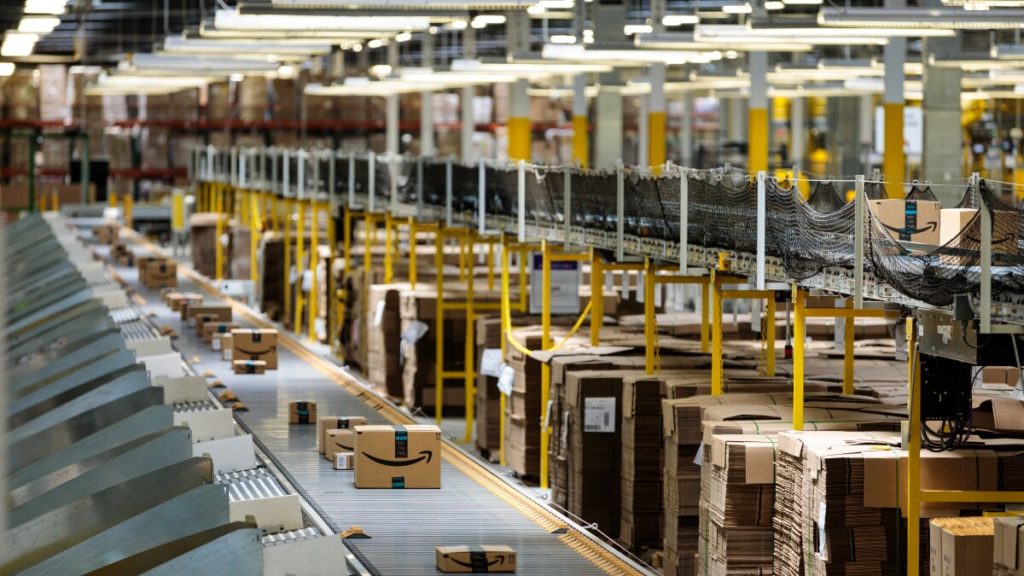
Amazon’s announcement of a 5% surcharge on FBA fulfillment fees is the latest price rise to hit FBA sellers. While in itself it probably isn’t a crisis for your business, together with a load of other price rises – including the rising cost of shipping goods from China and other offshore supply bases – it could be the last straw that breaks the camel’s back.
That is, if you don’t take a good long look at your costs and make sure your profit margin is still acceptable.
The first thing you need to do is to take a look at all your costs. One of the ways first-time Amazon sellers often come unstuck is by forgetting to account for some of the Amazon fees. So let’s just run through those.
For FBA sellers, you’ll pay:
• Referral fees (usually 15%, but can vary depending on the type of product and the value of the sale: details at https://sell.amazon.com/pricing#referral-fees);
• Professional seller subscription fee of $39.99 a month;
• FBA fulfillment fees, which are based on the size and weight of the product (https://sell.amazon.com/pricing?ref_=asus_soa_rd&#fulfillment-fees); and
• FBA monthly storage fees, and if you have products that have been in stock for over 365 days, a long-term storage fee. (Tip: Amazon does its stock take on the 15th of the month, so try to get older stock out of its warehouses by that date if you don’t want to pay long term storage fees.)
By the way, if you have a discount, the referral fee is calculated on the price your customer actually pays – not on the pre-discount price.
To this, you need to add your shipping costs from the supplier to Amazon’s warehouse, and of course, you’ll need to add your product cost to get the total direct cost of the product. (I say ‘direct cost’ because you’re not including your own time or salary as a cost, though of course, it is.)
Let’s run through an example. You’re selling an aromatherapy pack at $25. It’s roughly 6 x 3 x 2 inches in dimension and weighs 1.2 pounds. You’ll pay $5.14 in fulfillment fees, and $3.75 in referral fees (beauty supplies are charged at 15% of the sales value). Unless you have big inventory issues, storage fees probably won’t add up to more than a few cents. So that’s say $8.99 (assuming you pay 10 cents storage), giving you $16.01 profit before your product costs. (We’ve left out customs duties; you’ll want to think about this before you finish your product pricing.)
Suppose your supplied product cost is $4 a unit, and shipping fees were 80 cents, you’d make $11.02 on each unit you sold.
Now let’s add in the 5% surcharge and double the shipping fees. You’re still making a profit, but I reckon it’s going to be just $10 or maybe $10.20 – down 9% or so. Your margin has gone from 44% to 40%.
So you can see these changes did have an impact, but not a huge one. However, your profit margin has declined. If you priced your product in 2020, then you’ll have two sets of normal price rises at Amazon, plus the surcharge, to reckon with – if that’s the case the impact will be a good deal more. The longer you leave it, the worse things will get.
FBA selling is not a source of passive income – you have to keep an eye on your products!
So if you want to keep your margin the same, you’re going to need to either cut your costs or raise your prices. If you can find a cheaper supplier, reduce your packaging cost, or redesign your product to be cheaper, you might do the first – but good luck with that in an inflationary environment. Otherwise, you’ll need to raise your sales price – if your competitors have left you enough room to do so.
